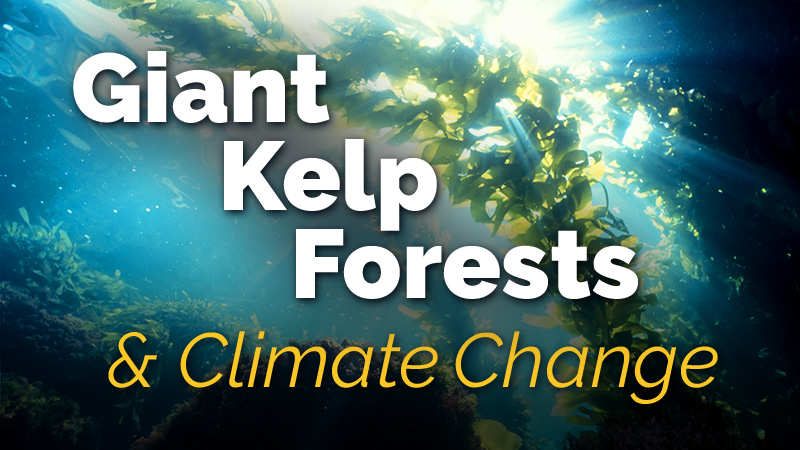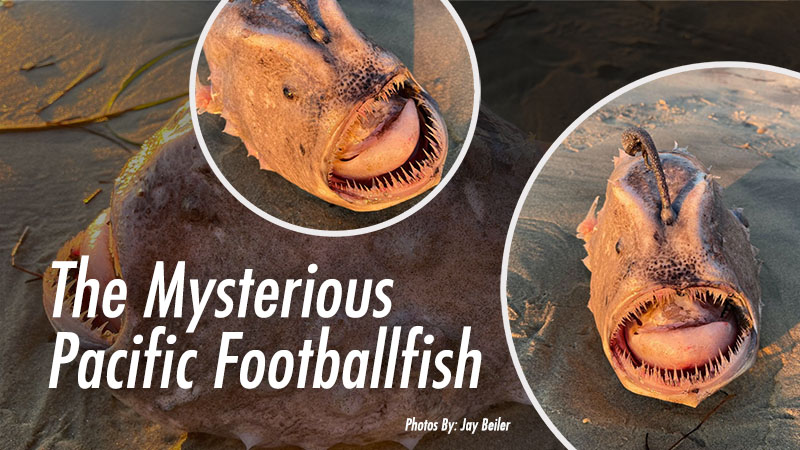-
California Against the Sea: Communicating Sea Level Rise

Join Los Angeles Times environment reporter Rosanna Xia and Scripps Institution of Oceanography coastal resilience specialist Laura Engeman as they discuss the science and impacts of sea-level rise in California. Xia, a Pulitzer Prize finalist, reads from her book “California Against the Sea,” which recently won the Golden Poppy Award for nonfiction. Engeman explains how […]
-
Art and Science: Understanding the Effects of Climate Change on Kelp Forests

Southern California’s giant kelp forests, composed of rapidly growing large brown algae, are among the most productive ecosystems on the planet. These underwater forests support a diverse array of life, forming a vibrant community that thrives within them. Kelp forests anchor themselves atop rocky reefs, a place where few other plants can establish, thanks to […]
-
The Secret of the Red Tide

Why does the stunning bioluminescence in the ocean, often described as ‘sea sparkle’ or ‘milky seas’ and known for its beautiful blue-green glow at night, appear so different during the day? Commonly referred to as red tide, the ocean water appears murky, often with a brown or red tone. In some parts of the Pacific […]
-
Behind the Scenes of a Unique Ocean Research Simulator

As our climate continues to change, researchers need to understand the complicated chemical, biological, and physical processes that occur at the boundary between the ocean and the atmosphere. The Scripps Institution of Oceanography has a unique tool that allows scientists to simulate varying ocean environments by controlling winds, waves, water chemistry, temperature, light and more. […]
-
The Story Behind the Elusive Pacific Footballfish

It looks like something out of a science fiction movie. A black blob with nightmarish spiny teeth, small black eyes, and prickly skin. A monster that never sees the light of day, using a bio-luminescent bulb swinging from its head to not only light its path, but also attract prey as well. The Pacific Footballfish […]
-
From Sea to Pharmacy
The vastness of the ocean is only surpassed by the biodiversity within it; from familiar and unfamiliar mega-fauna, to every microbe and virus inhabiting every corner of the seas – from the deep freeze of the Antarctic to the scorching plumes of volcanic seafloor vents. Paul Jensen describes how he and other researchers are tapping […]
-
Understanding the Arctic Climate System
The Arctic is changing rapidly in response to global climate and economic activity and yet much of it remains unexplored with modern scientific techniques. Jeff Bowman is a biological oceanographer who studies marine microbial communities. In this presentation at the Birch Aquarium at Scripps Institution of Oceanography he describes his group’s work in the Arctic […]
-
California Seaweed
Kelp cutters once harvested tons of the nearshore kelp off the San Diego County coastline, producing additives for your ice cream, beer and pharmaceuticals. And of course, anyone who has had a California Roll or a bowl of miso soup is familiar with the centuries-old use of Nori. But now Scripps researchers are working to […]
-
Eavesdropping on Whales
Since ancient seafarers first heard the strange calls of whales, humans have been fascinated by their meaning – from Flipper’s clicks and trills to the long serenades of Humpbacks. Inhabiting the dark ocean depths, whales use sound in many different ways – from feeding to navigating to finding friends and family. Join postdoctoral scholar Goldie […]
-
Lakes Beneath Antarctic Ice: Deep, Dark and Mysterious
Where is one of the last places on earth you would expect to find a never-before known lake? Certainly, any of earth’s best-known deserts…the Sahara, Gobi, or Kalahari right? Technically fitting the definition of a desert by standards of precipitation, Antarctica could also be on that well-known list of dry places. But Antarctica has been […]